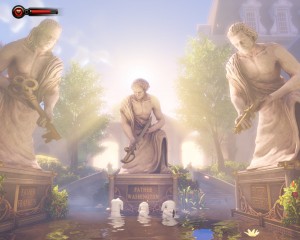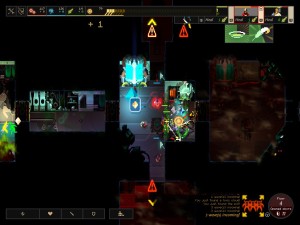When we critique video games there are a lot of areas for us to look at. Game design, graphics and technical issues are usually the big three. But another area that does come up often is on replayability: Namely should a game be marked down for not being replayable? It’s an interesting debate and one that can impact a game dramatically.
Extending Games:
For this post we’re going to ignore mulitplayer titles as they are by design replayable and meant to keep someone playing for the long haul.
Single player video games for most of the last two decades were not replayable in the sense that there wasn’t any new content that could be found across multiple plays. This was especially true of a lot of RPGs which were designed around telling a specific story with no deviation.
But during the last decade, we saw several genres take steps to add more value to their titles with replayable content. Obviously the addition of multiplayer components in FPS are a great example of that. RPGs like KOTOR, Skyrim and Mass Effect were built with systems and storytelling to allow someone to return to the game with different strategies and playstyles or even an altered story.

Bioshock Infinite’s world and story were handcrafted to deliver an amazing experience and wouldn’t work as well in a randomly generated title.
And then we of course have games built around rogue-like design and randomization. A game like Diablo 3 may have had a set story to play through, but the different classes and huge loot table of equipment made each play different.
Rogue-likes like FTL and The Binding of Isaac may have had short plays, but each one was completely different thanks to how they were generated by the game.
Replayable games are popular thanks to their added value and the fact that you can keep coming back for different experiences each time. And we see cases where a replayable game that isn’t as complex as a linear game, still do just as well if not better among reviewers thanks to each time being different.
But there is a case to make for linear titles or those that are designed normally around a single play thanks to the quality by a great game designer.
And while we’re not going to discuss them, multiplayer has always been a very attractive point to give a game value. Titles like League of Legends, Team Fortress 2 and so many more titles have a much longer shelf life thanks to multiplayer bringing people back to them.
Quality Experiences:
The advantage of a game designed around one play is that it allows the developer to essentially put everything into that one experience and in the process create some of the most memorable games around. Titles like Bioshock Infinite, Gone Home, and The Last of Us etc were not meant to be replayed like you would other titles. Instead they were designed around a unique and singular experience for the player. And speaking of those examples, a crafted experience allows you to create unique stories around the set world unlike in a randomly generated title.
Examples in terms of gameplay would undoubtedly be Nintendo with series like Mario, Zelda and so on. These were titles where a great amount of care was put into the gameplay to challenge gamers of multiple age groups and the Mario series in particular are arguably some of the best examples of game design around.
Even though they’re not meant to be replayed, the design is so good that you can justify going back to them once in awhile to replay them and titles like Super Mario World and the Zelda games still hold up thanks to their strong gameplay.

But a randomly generated title offers the player a lot more play time thanks to keeping the experience different each time.
Creating that “perfect experience” with your game is not possible in a non linear title as you need to be able to craft everything around the player in order to keep the experience going.
But while these titles are unique and could be returned to in the future, they were still designed to be “one offs” no matter how you slice it.
No matter how much quality there is in a game like Zelda, or how great the story was in the Last of Us, you’re going to be finished with them long before you run out of challenges in a game like Dungeons of Dredmor.
However there is one other part of the quality experience that does give these games an advantage. Usually in titles built around a single play, the game design can be deeper and more diverse than in a randomly generated game. The reason is that a randomly generated title does have a foundation of linear elements that must remain constant that the world is built around.
But with one play in mind, the designer is free to put whatever they want into the game space and not having to worry about upsetting that foundation.
Random Reviews:
When it comes to overall impressions of randomly generated or linear titles, it’s hard to tell where reviewers stand. Obviously games like Minecraft, FTL and Dungeons of Dredmor which featured basic gameplay yet offered a lot of replayability earned high marks all around. But then Gone Home and The Walking Dead which were not long games by any means also reviewed well thanks to the work that went into the story and they both won awards.

Quality or unique titles built around one play can have replayability over time as the experience can be enjoyed again and again.
Multiplayer titles who as we’ve talked about are completely focused on replayability also get great reviews. However reviewers are very critical of any problems that could upset the game or if it seems like there isn’t enough there to justify repeat plays.
In my opinion it comes down to quality, either quality foundations built to keep people coming back, or a quality experience that drives someone to finish a game. And without having a well designed systems, games can fail whether they have ten hours of play or hundreds.


